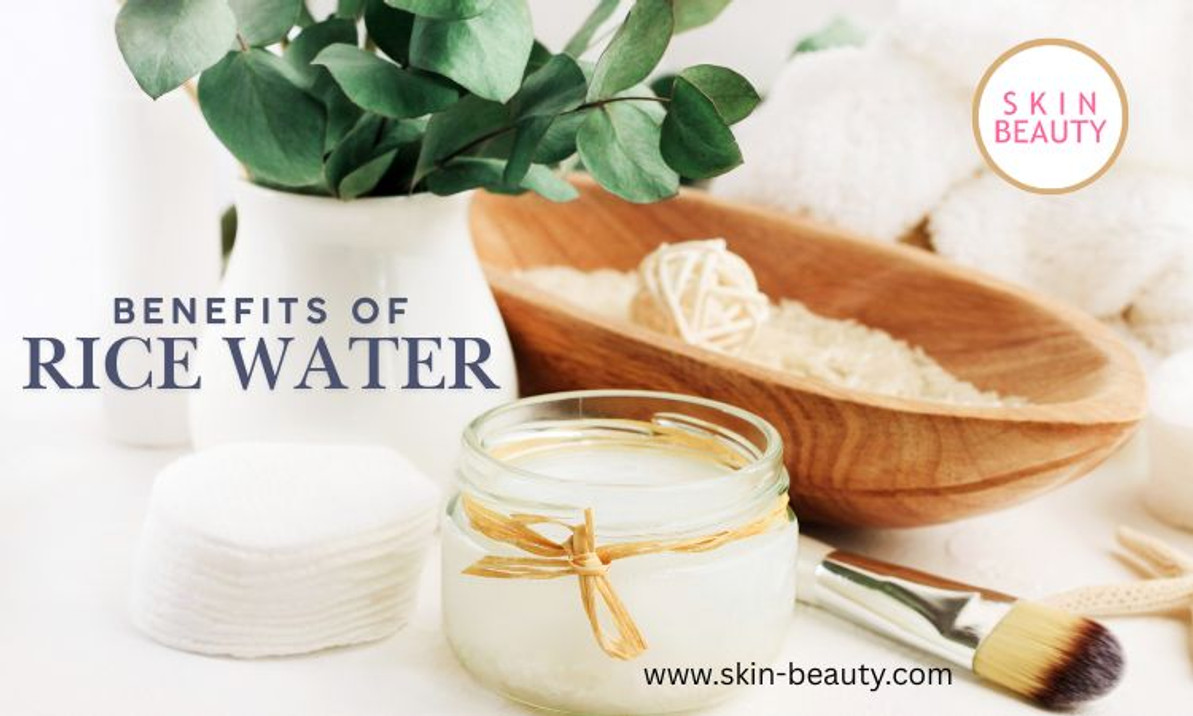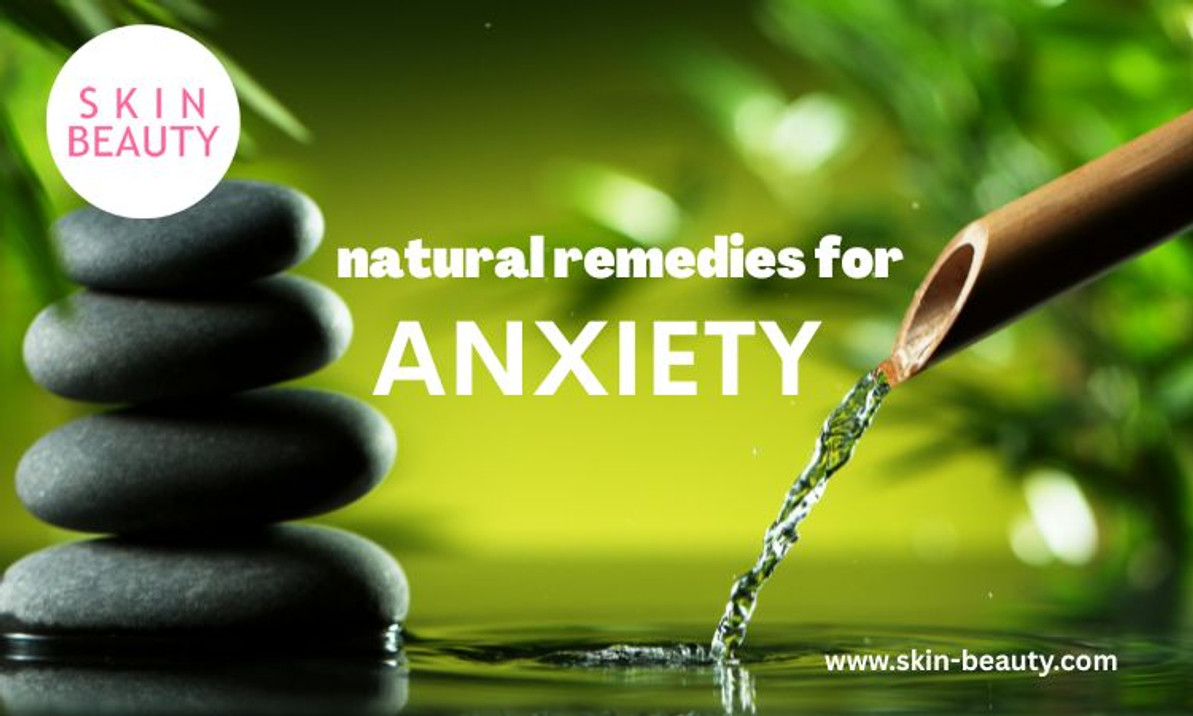Kojic Acid
Unlocking the Benefits of Kojic Acid for Skin Brightening
Are you tired of uneven complexion and dark spots ruining your skin’s appearance? Well, look no further! We have the perfect solution for you: Kojic acid. This remarkable ingredient can work wonders on your skin, and we’re here to share everything you need to know about it. Get ready to unlock the secrets of how kojic acid is safe for achieving that bright and radiant complexion you’ve always dreamed of!
Key Takeaways
- Kojic acid is a natural and safe source of skincare benefits, offering skin whitening properties for improved complexion.
- It can reduce discoloration, including age spots and sunspots while providing anti-inflammatory effects.
- Gradually introducing kojic acid into your skincare regimen with the correct product can yield positive results safely by protecting it with sunscreen and moisturizer.
Understanding Kojic Acid: Origins and Properties

Kojic acid is a natural derivative from mushrooms and the sake brewing process, making it a fantastic source of skincare benefits. This amazing compound is packed with antioxidant, antimicrobial, and exfoliating properties, turning it into a great alternative to glycolic acid. Kojic acid is a highly sought-after cosmetic skin whitening agent due to its remarkable ability to penetrate the layers of skin and stop melanin production, ultimately leading to an even skin tone.
This wonder ingredient is known for its dark spot re-fading and skin brightening capabilities, offering an effective solution to age spots, sun damage, and overall skin tone improvement. No wonder kojic acid has become a popular choice among skincare enthusiasts looking for a safe and natural solution to enhance their complexion.
How Kojic Acid Works for Skin Brightening

Kojic acid works its magic by effectively inhibiting pigment production by product part of melanin through amino acid interaction and offering skin lightening effects for a brighter complexion. Its benefits extend to reducing discoloration that wasn’t originally on your skin, such as age spots, sun spots, or post-breakout marks.
Kojic acid is an excellent alternative for those who want to avoid or can’t tolerate hydroquinone or ascorbic acid.
Amino Acid Interaction
Kojic acid interacts with amino acids to curb the production of tyrosine, a necessary element in melanin production, thus creating a skin lightening effect. Research has demonstrated the improved tyrosinase inhibitory activity of kojic acid-amino acid conjugates compared to kojic acid by itself, resulting in enhanced skin lightening effects.
Should you experience skin irritation, it could be a sign of contact dermatitis. Immediately cease using the product and seek advice and treatment from a dermatologist.
Anti-Inflammatory Properties
Kojic acid’s amazing anti-inflammatory properties help dramatically improve skin tone and texture. These properties have demonstrated great potential for medicinal and other cosmetic products and applications, including:
- Enhancing skin tone and texture
- Treating hyperpigmentation
- Reducing the appearance of age spots
- Lightening scars and blemishes
- Treating melasma
Kojic acid is a versatile ingredient that offers numerous benefits for both medicinal and cosmetic purposes.
So, not only does kojic acid lighten your complexion, but it also provides additional benefits to keep your skin looking its best.
Suitable Candidates for Kojic Acid Use
The best candidates for kojic acid use are those looking to achieve:
- a more even complexion
- a reduction in the appearance of dark spots
- a reduction in sun-damage pigmentation
- a reduction in melasma
- a reduction in post-inflammatory hyperpigmentation
Kojic acid may be a great choice for individuals who want to achieve a glowing and more even complexion, and to lighten areas of the skin that have been impacted by sun damage, scars, age spots, and discoloration.
Kojic acid can also be used in cosmetics to beautifully fade dark spots and treat conditions such as melasma. It has been found to be highly effective in inhibiting melanin production, making it an excellent substitute for hydroquinone, a popular skin lightener. With all these benefits, it’s no wonder that kojic acid has become a go-to solution for many seeking a brighter and more even complexion.
Incorporating Kojic Acid into Your Skincare Regimen

As you begin incorporating kojic acid into your skincare regimen, it’s advisable to gradually introduce it, assess your skin’s tolerance, and think about pairing it with other brighteners and antioxidants for better results. You can introduce one kojic acid product to your routine and see how your skin responds positively. Always remember to do a patch test on a small area of your forehead before applying the product to your entire face to ensure a positive experience. If you have sensitive skin, it’s best to use kojic acid in small bursts during your nighttime skincare routine for a positive effect.
Always adhere to the manufacturer’s instructions for the specific kojic acid product you are using.
Starting Slowly
When starting with kojic acid, follow these steps:
- Begin with a low concentration of kojic acid.
- Gradually increase usage as your skin adjusts and gets used to it.
- Using kojic acid once or twice per week is ideal for those with super sensitive skin.
In addition, using sunscreen and moisturizing your skin when using kojic acid is a great way to keep your skin safe and healthy. And remember, don’t over-exfoliate, as it can remove too many dead skin cells!
Combining with Other Ingredients
Kojic acid can be paired with ingredients like retinol, vitamin C, hydroquinone, azelaic acid, alpha-arbutin, licorice extract, resveratrol, niacinamide, and alpha hydroxy acids (AHAs) for amazing results. These combinations can help to reduce inflammation, brighten skin tone, and diminish the appearance of dark spots.
Merging kojic acid with other ingredients could enhance your skin’s tone, brightness, and general health.
Potential Side Effects and Precautions
Some potential side effects of kojic acid include:
- Red rash
- Itching
- Irritation
- Burning
- Increased sunburn risk
It’s important to keep in mind that these side effects are not common, and many people can enjoy the benefits of kojic acid without any issues. If you experience irritation from any of these symptoms, it’s necessary to immediately discontinue the product and consult with a dermatologist should the irritation persist beyond two weeks.
For the safety of your skin while using kojic acid, consistently apply sunscreen to guard against harmful UV rays. In addition, moisturizing your skin can help keep it hydrated and looking great. By taking these precautions, you can enjoy the benefits of kojic acid while minimizing the risk of any adverse effects.

Alternatives to Kojic Acid
If you find that kojic acid isn’t the right fit for your own skin type or you’re interested in exploring other options, there are several alternative ingredients for addressing hyperpigmentation and dark spots. Fantastic options for skin brightening include:
- Mulberry extract
- Arbutin
- Azelaic acid
- Retinoids
- Vitamin C
- Licorice extract
Alternatives such cosmetic and products containing, such as vitamin C, niacinamide, and licorice extract work by curbing melanin production, the cause of skin discoloration, aiding in achieving a brighter complexion. With these alternatives and cosmetic products available, you can find the perfect solution that suits your skin’s unique needs and achieve that radiant, glowing complexion.
Summary
In conclusion, kojic acid is a powerful and natural ingredient known for its skin brightening, spot-fading, and anti-inflammatory properties. By understanding how kojic acid works and incorporating it into your skincare routine, you can unlock its potential to achieve a brighter and more even complexion. Remember to start slowly, combine it with other ingredients for enhanced effects, and always take necessary precautions to ensure a positive experience. Whether you choose to use kojic acid or explore alternative ingredients, the journey to radiant, glowing skin is just a few steps away!
Frequently Asked Questions
What does kojic acid does to the skin?
Kojic acid is a powerful weapon in the fight against hyperpigmentation and discoloration, reducing melanin overproduction to even out skin tone. It also helps protect the skin from oxidative damage and reduces inflammation.
Is it OK to use kojic acid everyday?
It is safe to use kojic acid on a daily basis for most skin types, depending on the concentration and other ingredients in the product. However, those with sensitive skin should introduce it gradually by limiting use to once or twice a week until their skin builds tolerance. Kojic acid serums and pads can be used once to twice a day for best results.
Is kojic acid skin bleaching?
Kojic acid is commonly used in skin bleaching creams to lighten hyperpigmentation, similar to hydroquinone. It is not as fast-acting as hydroquinone but can still produce visible results over time. Skin bleaching should be used carefully and with caution.
How long does it take for kojic acid to lighten skin?
Kojic acid is known to lighten skin effectively after regular use over a period of 4-6 weeks, with results improving the longer it's used.
What is kojic acid, and where does it come from?
Kojic acid is a natural substance derived from mushrooms and the sake brewing process, known for its skin-brightening and anti-inflammatory properties.
Recent Posts
-
Rice Water for Skin Benefits
Rice Water for Skin Benefits Rice water for skin has become a viral beauty trend that is suppos …Apr 4th 2025 -
Natural Remedies for Anxiety
Natural Remedies for Anxiety Everyone experiences anxiety symptoms every now and then. We live in a …Mar 28th 2025 -
Hair Loss Treatment
Hair Loss Treatment for Every Stage of Thinning Hair Hair loss is a common concern that affects mill …Mar 18th 2025




